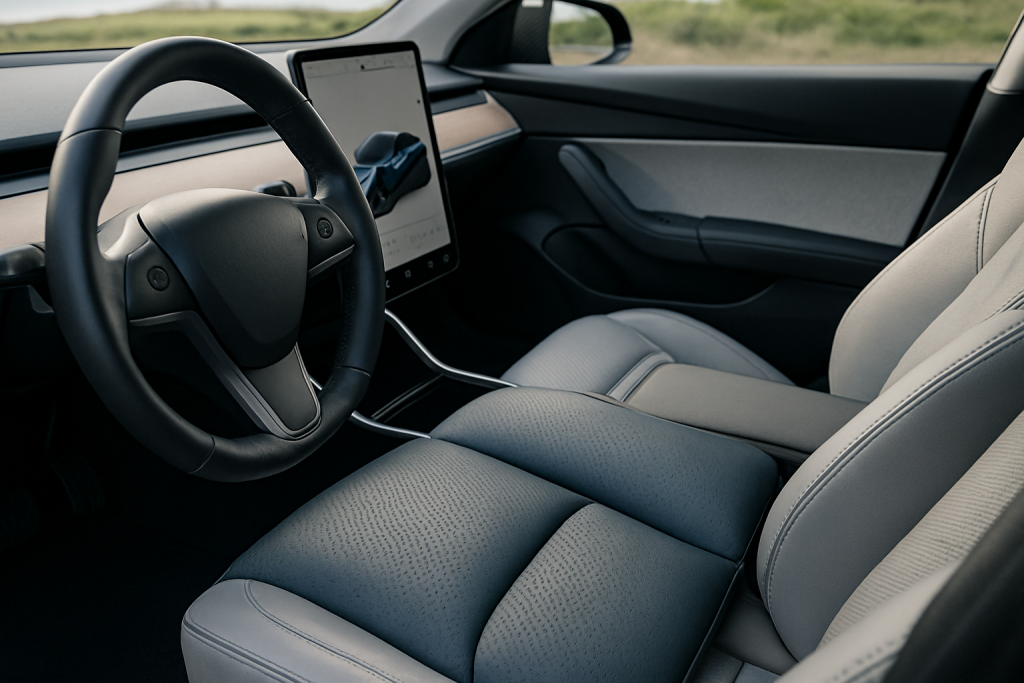Introduction
As EVs surge in popularity, drivers expect more from their interiors. Cooling leather, with its temperature-regulating, breathable, and heat-resistant qualities, is fast becoming the standard for smart cockpit design. In this Q&A article, we explore how cooling leather works, its benefits, and what to look for when choosing it for modern vehicles.
Q1: What exactly is cooling leather?
It is a high-tech material designed to reflect heat and release stored warmth, keeping surface temperatures lower even under sunlight. It’s widely used in EV seats, steering wheels, and center consoles. Beyond comfort, it enhances the futuristic feel of smart interiors by preventing excessive heat buildup.
Q2: How is it integrated into EV interiors?
It’s typically applied to high-contact areas like seats, headrests, and door panels. Some variants are paired with sensors and HVAC systems for dynamic temperature control. As EVs prioritize energy efficiency, cooling leather is a stylish and sustainable solution that complements smart cockpit innovation.
Q3: What should you consider when choosing cooling leather?
Look for high heat reflectivity, breathability, and easy maintenance. Some also include antimicrobial coatings for hygiene and longevity. Opt for materials certified by SGS or similar standards to ensure automotive-grade durability and safety.
Conclusion
Cooling leather is redefining comfort in smart vehicle interiors. By improving thermal regulation and enhancing design appeal, it’s setting new benchmarks for how leather is used in EVs. As the industry grows, we can expect cooling leather to appear in even more applications—on the road and beyond.


